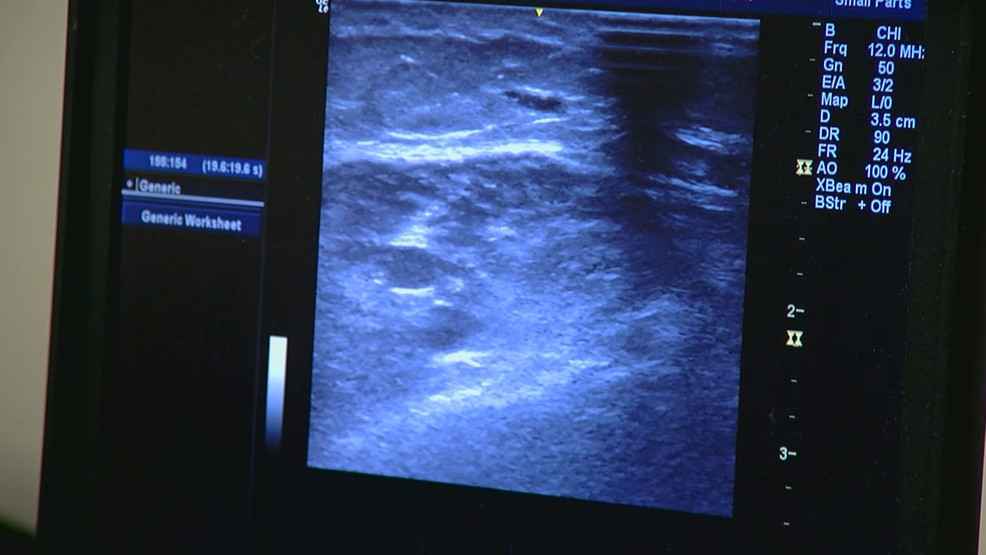Cardiovascular
Breakthrough therapy for blocked arteries makes waves in cardiovascular world
“I think it’s probably been the single most important breakthrough in the cardiovascular space in the last ten years,” said Dr. Peter Soukas, the director of peripheral vascular interventional laboratory at The Miriam Hospital.
It has been at the forefront of this innovative research, and now FDA approved treatment, for calcium blockages in coronary and leg arteries.
It’s called Cardiac Shockwave Therapy.
Bruce Barton is a beneficiary.
“I started off with just cramps. I could not walk from the front of a Walmart, for example, to the back before I had to stop a couple of times,” recalled Barton, who, as it turned out, had multiple blocked arteries due to calcium in his left leg, and faced losing a toe, foot, even part of his leg.
“Calcium without a doubt is our biggest enemy when we’re talking about treating blockages,” said Soukas.
“I really turned into an angry person. The pain, it’s, they’re cramps, but they were constant,” added Barton.
Eight times he said doctors tried to clear those blockages.
They all failed. And his doctors in Boston said there was nothing else they could do.
But it turns out, there was something that could be done.
A minimally invasive procedure known as Cardiac Shockwave Therapy, or intravascular lithotripsy.
How it works is similar to how they break up kidney stones, using high frequency ultrasonic waves.
“It’s designed to create little cracks and fissures in the calcium. I like to use the analogy of our windshields are designed to crack, not shatter if a rock hits them and so what the shockwave does is it passes through normal tissue and it selectively affects these calcified plaques, cracking them,” explained Soukas. “Shockwave is primarily a device to prep the vessel but we typically will follow up with a drug coated balloon or a drug coated stent afterwards to give us extended durability of the outcome.”
“We were actually the first hospital in the Northeast to use shockwave,” added Soukas.
The Miriam Hospital in Providence has been in on clinical trials for shockwave as far back as 2017.
“We had patients come from as far as Grand Rapids Michigan in fact to be able to have this therapy done,” said Soukas. “We’ve now done over 500 cases.”
And it is FDA approved.
Results have been impressive, across the board.
Barton, a shining example.
“I can walk about three miles as opposed to 100 yards,” said Barton.

